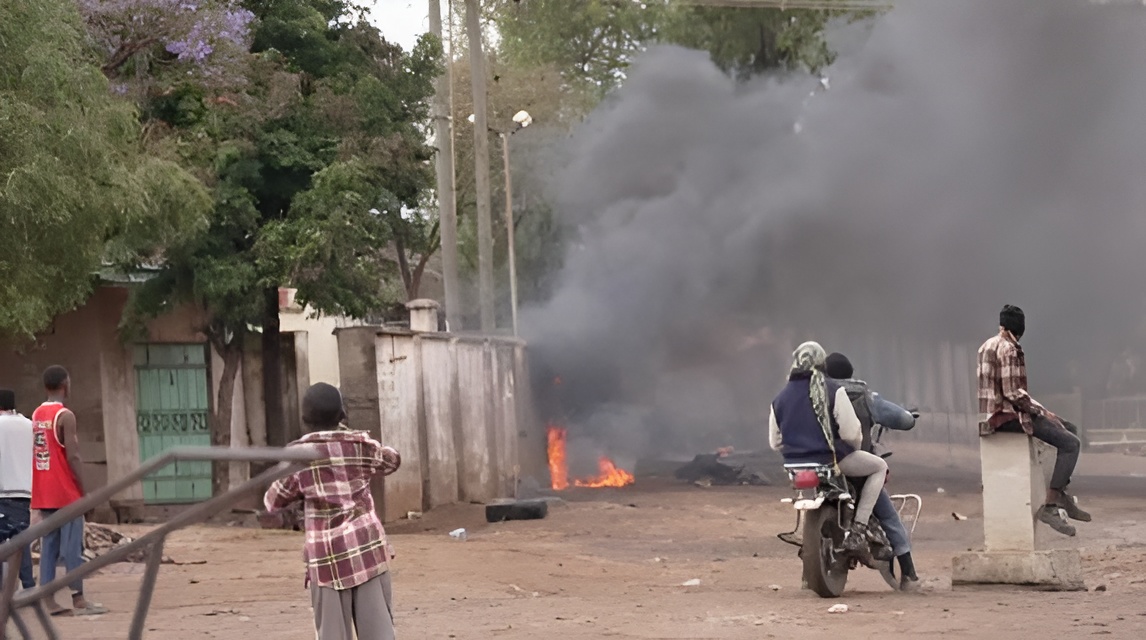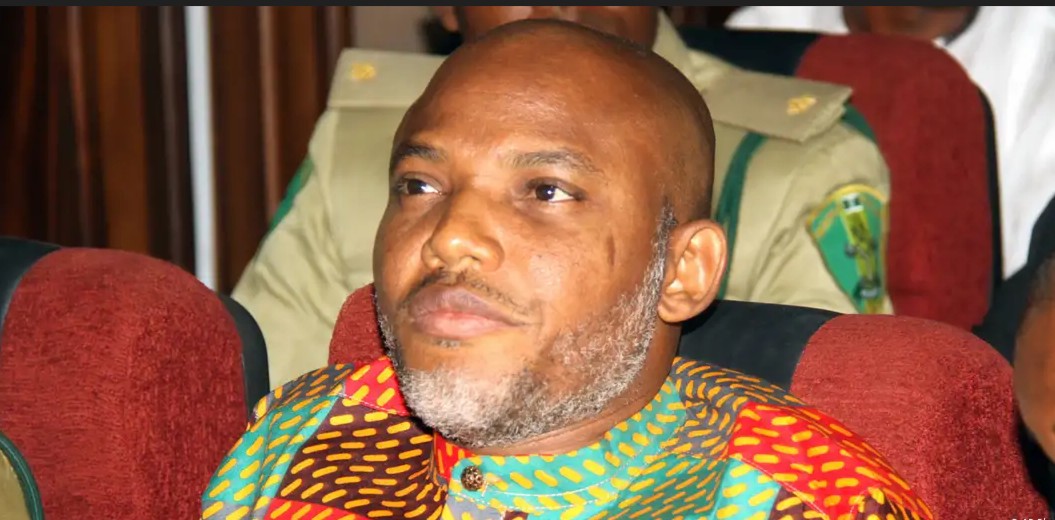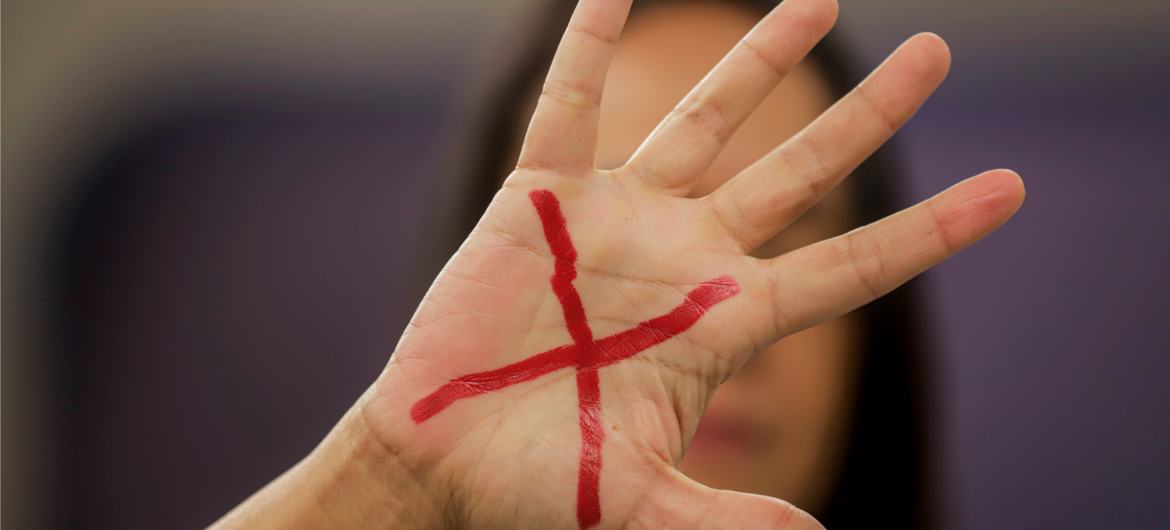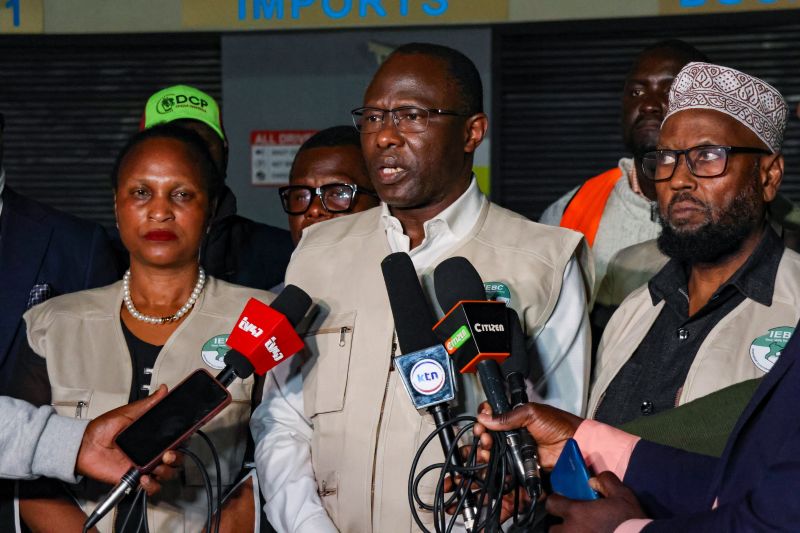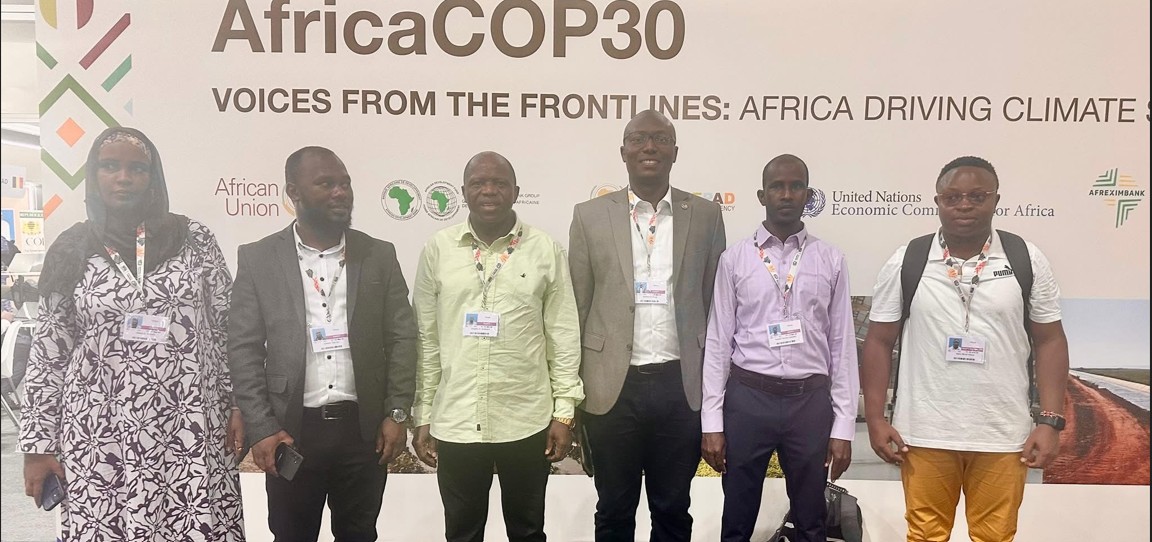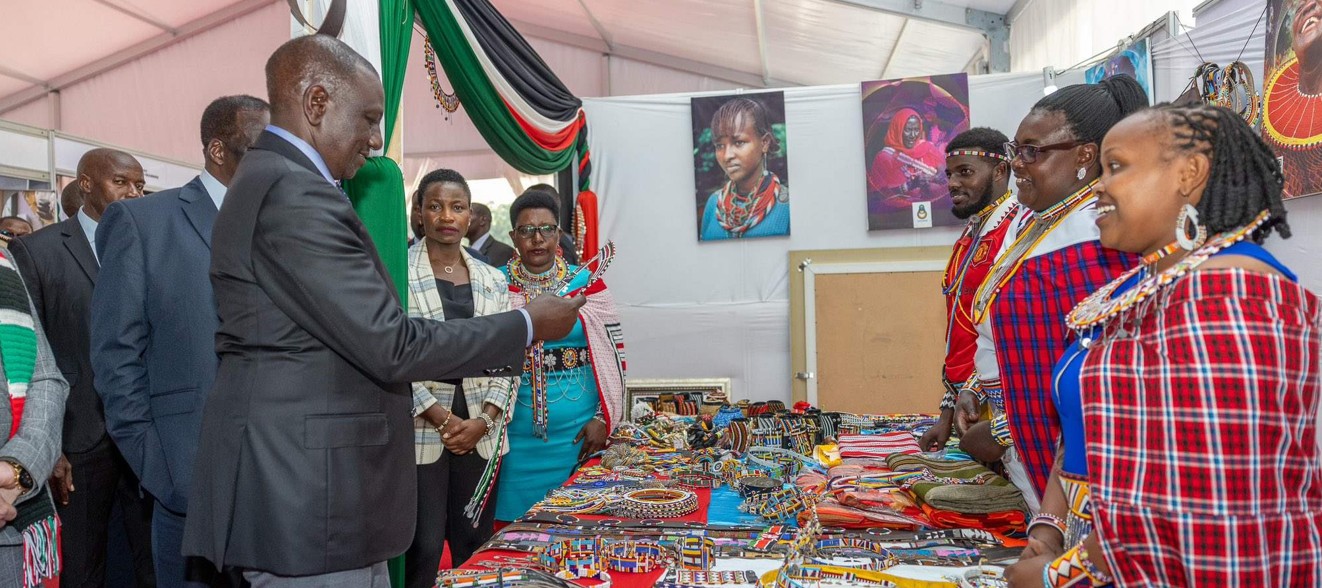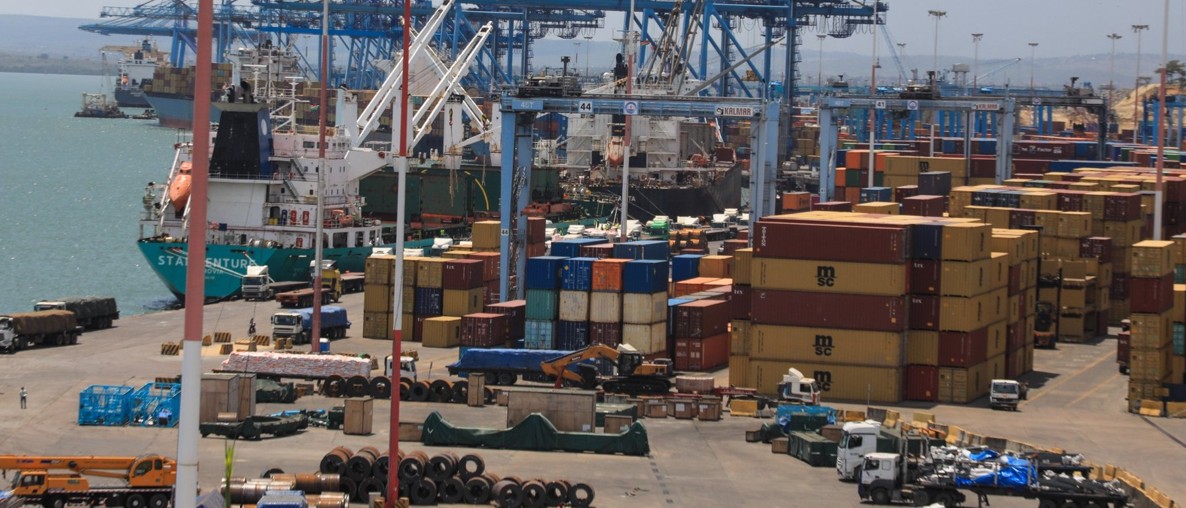UNICEF warns over 400 million children live in extreme poverty as progress stalls
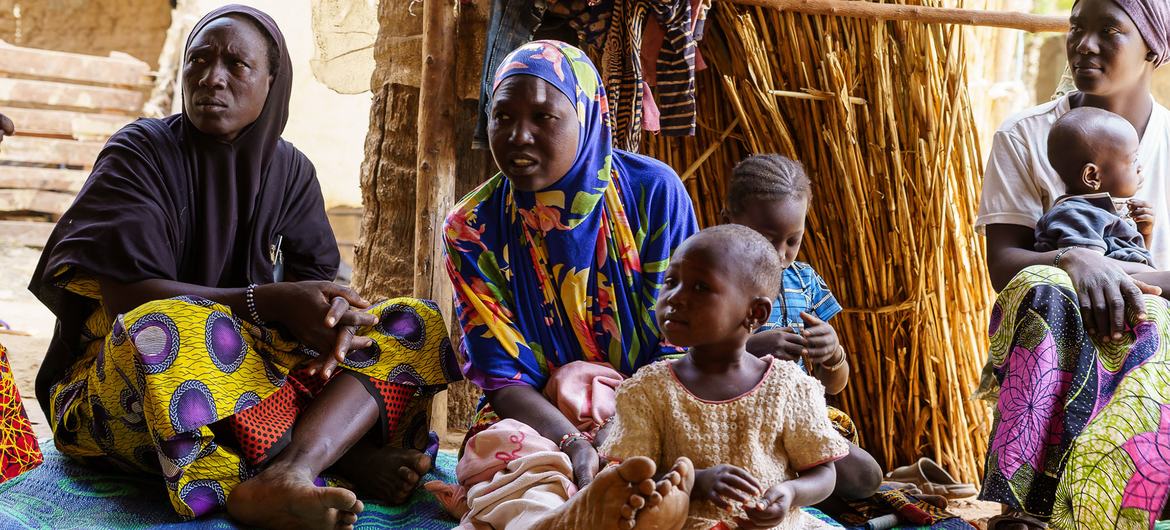
Children under five face the highest risk, with over 22 per cent living in extreme monetary poverty in 2024, compared with 15 per cent of teenagers. Vulnerable groups include children with disabilities, those living in rural areas, displaced and refugee children, and indigenous communities.
The fight against child poverty is at a critical juncture, UNICEF has warned, as more than 417 million children worldwide, especially in Sub-Saharan Africa, grow up without access to essentials such as nutrition, education, and sanitation.
This is according to UNICEF's report titled: The State of the World’s Children 2025: Ending Child Poverty – Our Shared Imperative.
More To Read
- Gaza: Displaced Palestinians dealing with the ‘death of dignity’, warns UNICEF
- Violence is a normal part of life for many young children: Study traces the mental health impacts
- Crimes against children in conflict surge to worst-ever level in 2024 - report
- Justice Matheka calls for increased funding to strengthen Kenya’s child justice system
- Two-thirds of South Sudan’s children trapped in exploitative labour, new report reveals
- Refugee youth rewrite their future through film in Dadaab
Children under five face the highest risk, with over 22 per cent living in extreme monetary poverty in 2024, compared with 15 per cent of teenagers. Vulnerable groups include children with disabilities, those living in rural areas, displaced and refugee children, and indigenous communities.
Household education levels also play a key role, with poverty rates reaching 33 per cent when parents have no formal schooling, compared with just 5.8 per cent when the household head has a tertiary education.
"Poverty violates children’s fundamental rights. In a world where hundreds of millions of children continue to suffer deprivations, children’s rights in areas like education, housing, and sanitation, as set out in the Convention on the Rights of the Child, are not being fully realised," it reads.
Children are more than twice as likely as adults to live in extreme poverty, and because their bodies and minds are still developing, they are particularly vulnerable to lifelong effects.
Globally, 118 million children experience three or more deprivations, while 17 million face four or more. Sanitation is the most widespread severe deprivation, with 65 per cent of children lacking access to a toilet in low-income countries, 26 per cent in lower-middle-income countries, and 11 per cent in upper-middle-income countries.
“Children growing up in poverty and deprived of essentials like good nutrition, proper sanitation and shelter, face devastating consequences for their health and development,” said UNICEF Executive Director Catherine Russell.
“It doesn’t have to be this way. When governments commit to ending child poverty by implementing effective policies, they can unlock a world of possibilities for children,” he added.
Sub-Saharan Africa and South Asia account for nearly nine out of ten children living in extreme poverty, even though the regions are home to just over half of the world’s children.
In Sub-Saharan Africa, more than half of children remain impoverished, and fragile and conflict-affected states are particularly at risk, with one in two children living in extreme poverty.
Other middle-income regions, including East Asia, the Pacific, and Latin America, have more than one in three children living in poverty, while about 50 million children in high-income countries experience relative monetary poverty, limiting access to education and opportunities.
Progress has been made in some countries. Tanzania achieved a 46 percentage point reduction in multidimensional child poverty between 2000 and 2023, partially driven by government cash support grants and empowering poor households to make financial decisions.
Bangladesh saw a 32 percentage point reduction thanks to initiatives that increased education and electricity access, improved housing quality, and invested in water and sanitation services, reducing open defecation from 17 per cent in 2000 to zero in 2022.
Globally, more than 412 million children live in households surviving on less than three dollars a day, representing 19.2 per cent of the world’s children. Sub-Saharan Africa accounts for 76 per cent of these children, even though it is home to just 23 per cent of the world’s child population.
Despite these successes, global progress remains fragile. The COVID-19 pandemic added 20 million children to extreme poverty in a single year. Cuts to international aid are projected to leave six million more children out of school and result in millions of preventable deaths.
UNICEF emphasises that solutions exist. Countries that prioritise children’s rights through cash assistance, investment in health, education, water, and sanitation, and policies supporting parents’ economic security have achieved significant reductions in child poverty.
Top Stories Today


